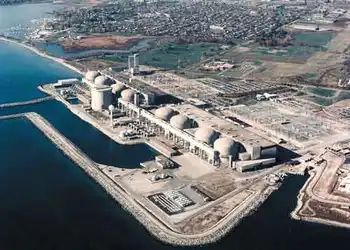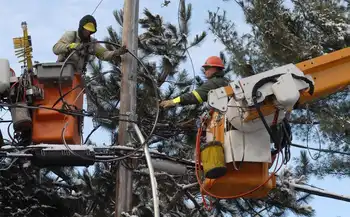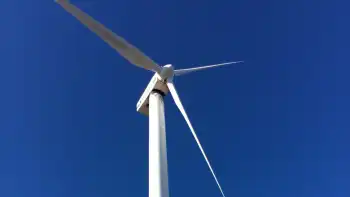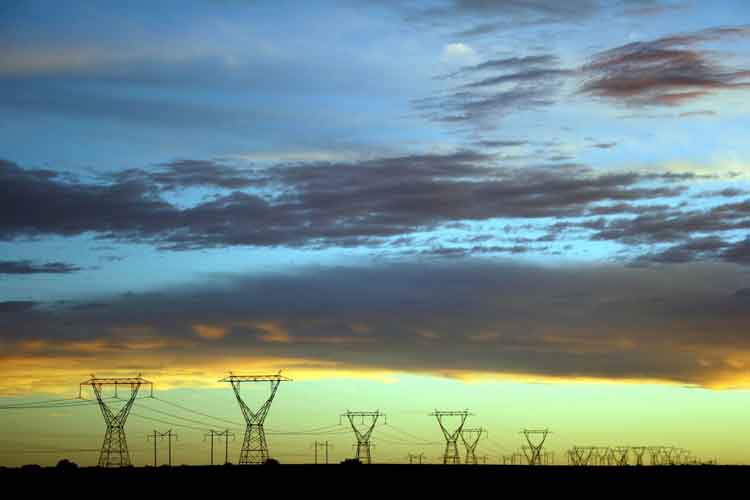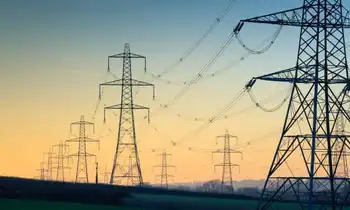ComEd adds to plug-in vehicle green fleet
By PR Newswire
NFPA 70b Training - Electrical Maintenance
Our customized live online or in‑person group training can be delivered to your staff at your location.

- Live Online
- 12 hours Instructor-led
- Group Training Available
ComEd has added 50 new Toyota Prius hybrids and plug-in electric hybrids to a fleet that now numbers more than 2,100 green vehicles.
ComEd meter readers in Chicago and the company's Maywood office will drive the 50 new Priuses, including 10 Priuses that have been specially converted into electric plug-in hybrids. The plug-in conversion is expected to significantly increase fuel-efficiency by providing greater electric-drive capability.
Plug-in electric vehicles and smart charging technology are enabled by building the Smart Grid of the future, an initiative ComEd is actively working on in collaboration with the Illinois Commerce Commission and other stakeholders.
"These new vehicles not only use electricity to improve fuel economy and reduce emissions but may eventually be used as back-up power sources," said Terence Donnelly, ComEd senior vice president of Transmission and Distribution. "Deploying advanced metering and other Smart Grid technologies will help us understand and manage impacts to the grid from plug-in electric vehicles but more importantly will improve reliability and enable customers to make more efficient choices about their electric usage."
Traditional hybrids run on a combination of gasoline and electricity. Compared to an average subcompact, the Prius hybrid and plug-in electric version consume about 30 and 65 percent less fuel, respectively. ComEd estimates this will reduce its gasoline use in 2009 by 6,500 gallons and reduce carbon dioxide emissions by 60 metric tons.
"Most major vehicle manufacturers have committed to bringing plug-in electric vehicles to the market in the next two to five years," said Rita Stols, ComEd vice president of Strategic and Support Services. "By adding these vehicles now, we can study their performance and effects on the electric grid to prepare for wide-scale consumer adoption."
Currently, 63 percent of the ComEd fleet uses a fuel source other than 100 percent gasoline. This includes 1,774 trucks that use biodiesel fuel (20% soybean oil, 80% diesel); 250 E85 flex-fuel vehicles that use ethanol; 91 hybrid Ford Escape SUVs; one biodiesel-electric hybrid bucket truck; one liquid petroleum gas (LPG) bucket truck; and the 50 new Prius vehicles. Compared to a non-green fleet, these vehicles emit 1,400 fewer metric tons of carbon dioxide annually. This is the equivalent of removing about 320 cars from the road for a full year.
ComEd's green fleet is one of many environmental initiatives that support Exelon 2020, a comprehensive strategy announced earlier this year by Exelon, ComEd's parent company. The goal of Exelon 2020 is to reduce, offset or displace more than 15 million metric tons of greenhouse gas emitted by its family of companies and customers. This includes ComEd's efforts to reduce its energy consumption by 25 percent by 2012.
"ComEd's green fleet is an extension of our commitment to being a leader in applying and promoting environmentally friendly and energy-efficient practices," Donnelly said. "We hope our example spurs all customers - business and residential - to explore the many ways they can reduce their impact on the environment and use energy more efficiently."





